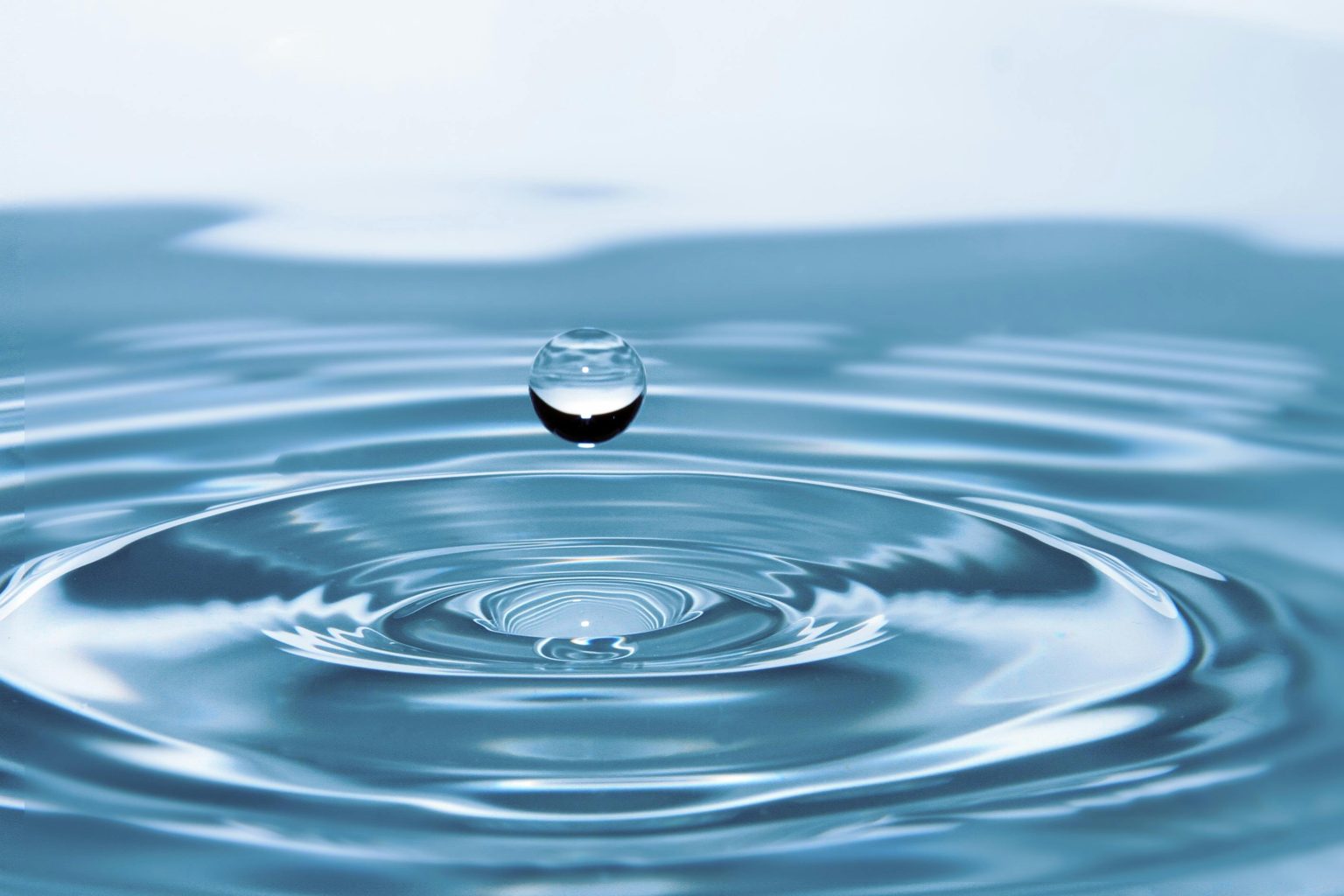Water is something many businesses rely on every day, but it’s easy for the cost to slip under the radar. While it’s not always the first utility people think about, water charges can quickly add up, especially if you run a business where water use is high or spread across multiple sites. Luckily, there are straightforward steps you can take to use water more efficiently and reduce your bills without making things complicated. Here are two practical ideas worth considering.
Look Into Switching Your Water Supplier
If you haven’t looked into it before, you might be surprised to learn that many businesses can choose who supplies their water services. Since the market opened up, it’s no longer necessary to stay tied to the default provider. Shopping around could uncover better deals with lower rates or improved customer support tailored to your business needs.
Before making a switch, it’s useful to know exactly how much water you use and what you’re currently paying. Check your bills carefully and note your consumption patterns. This information will make it easier to compare business water offers and find the right fit. Some suppliers also offer tools that help you monitor your usage and spot any unusual changes that could indicate leaks or waste.
Switching doesn’t affect the actual water supply to your premises; it just changes who manages your account and billing. The process tends to be hassle-free, with the new supplier handling most of the paperwork. If you operate from several locations, consolidating your water accounts under one supplier might also make managing payments simpler and could lead to savings.
It’s a good habit to review your water contracts regularly to ensure you’re still getting a competitive deal, especially if your water needs shift over time.
Spot Leaks and Fix Them Quickly
A leaking tap or running toilet might seem minor, but over time these small issues can waste a surprising amount of water, and money. Many businesses don’t realise just how much water escapes through drips and leaks. Checking your premises regularly for any signs of leaks can save a lot in the long run.
Take some time to inspect taps, toilets, water heaters, and irrigation systems. Make sure taps aren’t dripping and that toilets flush properly without running continuously. Often, a simple fix like replacing a worn washer can stop drips quickly and cheaply.
Installing water-saving devices like aerators or flow restrictors on taps and showers can cut water use without affecting how well they work. Dual-flush toilets are another useful upgrade, giving you the option to use less water when a full flush isn’t needed.
Encouraging staff to turn taps off properly and report any leaks they spot helps build good water-saving habits across the business. In places with higher water use, investing in efficient appliances will pay dividends over time.
If your business depends heavily on water, like in food production or laundry services, reviewing how you operate might reveal other opportunities to save. Upgrading to newer, more efficient machinery or adjusting work routines can reduce water use without impacting productivity.
Tracking your water use over time also helps. Some suppliers offer smart meters that provide real-time readings, making it easier to spot unexpected changes.
Saving water at your business doesn’t need to be complicated or disruptive. By reviewing your supplier options and staying on top of leaks and inefficient fittings, you can cut your bills gradually and make your operations more sustainable. It’s a sensible way to manage costs and shows customers and partners that you care about using resources responsibly.



